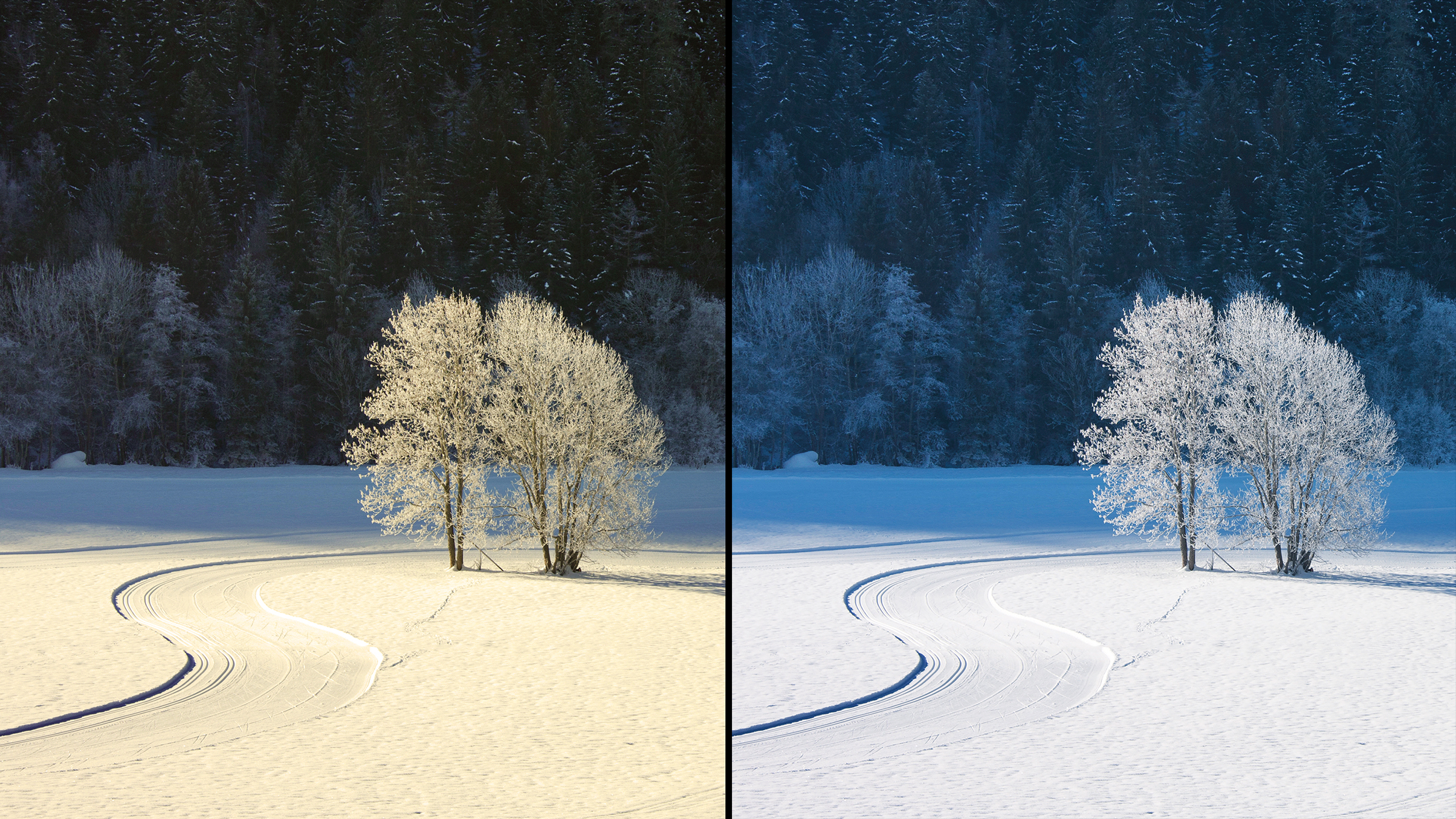5 tips for choosing and using… flashguns for Canon, Nikon and other brands
Want to add light and get creative? Here are 5 tips about flashguns for Canon, Nikon and other brands
Watch video: 5 tips for choosing flashguns for Canon, Nikon and others
A flashgun used to be essential for shooting indoors or after dark, until the low-light performance of cameras improved. Flash still offers some creative uses, although you can’t control on-camera flash very much.
That’s why you need an external flashgun – often referred to as a 'speedlight' or 'strobe' – which will either attach to the camera’s hotshoe or be used off-camera.
Flashguns vary a lot in power, price, features and usefulness, from inexpensive third-party devices for undemanding everyday use, to more advanced name-brand units from the camera manufacturers themselves.
There's a mountain of choice out there, so here are our five tips for choosing and using a flashgun…
01 Guide Number
This indicates the power of the flash. Put simply, you divide the guide number by the distance to get the aperture you need. So, if your flash has a guide number of 30 and your subject is 3 meters away, you need an aperture of f/10.
The mid-range Canon Speedlite 430EXIII-RT (below) has a guide number of 43, while the top-of-the-range Speedlite 600EX II-RT has a guide number of 60.
The best camera deals, reviews, product advice, and unmissable photography news, direct to your inbox!

02 Does it have a ‘zoom head’?
Simple flashguns will have a fixed angle of coverage, usually equivalent to a semi wide-angle lens (for example 24mm). More advanced flashguns have ‘zoom heads’, which adjust to match the focal length at which you’re shooting.
03 Power!
A flashgun's recycle time is the time it takes to recharge between flashes, so buy a flash with a recycle time that will work for you; more powerful flashguns have shorter recycle times.
And critical to recycle times is battery life – the number of full-power flashes that you can expect to get before you’ll have to replace or recharge the flashgun’s batteries.

04 Swivel or bounce head
Use flash like a pro by buying a flashgun that you can bounce or swivel. This means that you can swivel and pivot the flash head in different angles and directions.
This enables you to rotate the flash and adjust its vertical angle to ‘bounce’ the light off a wall or ceiling for a softer or more directional effect. Bounce flash gives more flattering results, which is preferable for shooter and subject alike.
05 Automatic control
Back in the day you had to work out your subject distance and lens aperture manually, or get an auto flash with a simple light sensor. That’s all changed now, thanks to TTL ("through the lens") exposure systems.
TTL controls the flash power automatically by communicating with the camera, reading and matching its output according to your camera settings, so you need to buy a flash for your specific camera system.
More videos:
5 tips for choosing and using… polarizing filters
5 tips for choosing and using… macro lenses
What is aperture on a camera?
The best flashgun in 2019: the best strobes for Canon, Nikon and more

Niall is the editor of Digital Camera Magazine, and has been shooting on interchangeable lens cameras for over 20 years, and on various point-and-shoot models for years before that.
Working alongside professional photographers for many years as a jobbing journalist gave Niall the curiosity to also start working on the other side of the lens. These days his favored shooting subjects include wildlife, travel and street photography, and he also enjoys dabbling with studio still life.
On the site you will see him writing photographer profiles, asking questions for Q&As and interviews, reporting on the latest and most noteworthy photography competitions, and sharing his knowledge on website building.
